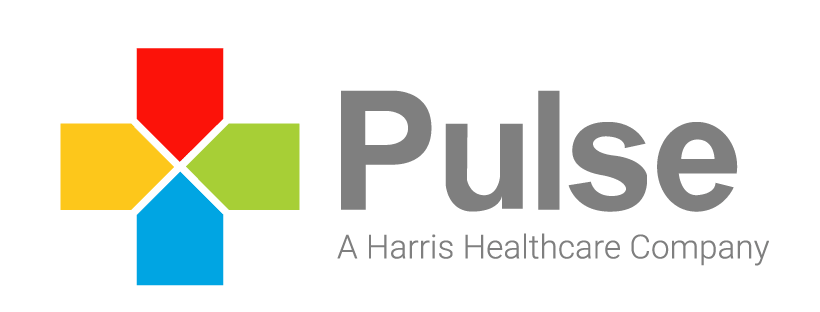Building a Successful Revenue Cycle Management Foundation
The success of revenue cycle management (RCM) weighs highly on having a strong billing and collection strategy in place. The foundation of this strategy begins with a seamlessly integrated physician’s practice, front and back office administrative team, data transparency, and an RCM services provider. Part one of this series examines issues that plague major medical practices and offers an effective way to overcome lack of revenue cycle integration between the front and back office.Operationally, most physician practices are set up in a very similar way and are comprised of a front and back office administrative team. The front office handles everything before the patient is seen by the physician, and the back office takes over once the patient’s visit ends. However, when does the revenue cycle start in a practice?
When Does the Revenue Cycle Start?
The revenue cycle starts when the patient makes an appointment. Usually the scheduling and patient registration department handles the most crucial part of the revenue stream. The patient needs to be scheduled appropriately to maximize the physician’s time, minimize wait, and ensure appointments are met. During the patient registration stage, the administrative team reviews medical records, billing records, and insurance coverage. A recent physician study found that almost 80% of practices check eligibility and only 24% do it with every patient visit. Missing information about patient demographics is one of the top five reasons for denials.In addition, the front office team reviews upfront/overdue patient collections. Studies have shown that patients who walk out of a practice without paying are 20-30% less likely to pay. And, how much time is put in to collect payment for services rendered? With deductibles at an all-time high, most individuals have a loose grasp on what is covered and what is owed. But there is something a practice can do, and that is to be up-front with the patient before they see the physician. It’s important for a practice to have a patient financial responsibility estimate and go over services to be performed with the patient when they check into the practice. This offers the patient an understanding of what will be owed at the end of the visit. It also gives them a chance to tell the office that they can’t write a check for that amount today, and for the patient and practice to come to understanding of how they can pay. It allows the practice to set up payment plans, put the balance on a credit card or use a mobile payment system. This process starts with transparency: the end result should yield an increase in point-of-service collections and patient satisfaction.
Where the Revenue Cycle Picks Up After a Patient Visit?
Once the patient’s visit is complete, the back office administrative team oversees claims management and medical billing. During this phase, modifiers are often missed, under/over coding happens, and, if denied, some claims are not reworked. The first few denied claims can be seen as mistakes that just cost a practice money. However, if that visit is something the practice does on a continual basis, it’s costing the practice revenue for every visit. If the administrative team identifies a visit that goes through cleanly, it should be copied to all other similar visits. In an MGMA study, almost 30% of claims are either lost (9%) or denied (19%), and a staggering 60% of these denials are never pursued. Some of these claims could go through clean, if the right information was collected up-front, and codes and modifiers were correctly entered into the system. Make sure you have an expert administrative team member who checks all the codes and modifiers are present for the visit—the cleaner the claim, the faster the practice gets paid.
How to Prevent the Revenue Cycle Going to Patient Collections
Coming to the end of the revenue cycle is patient collections. Most practices just send out statements, and hope the patients pay. If payment is not collected by a certain amount of time, the practice may send it to a collection company. This is difficult to collect and could have been available, if the patient knew the cost of the visit ahead of time. In-house billing departments usually seem to be working in silos, not really caring what others do at the practice, or how they can positively affect the bottom line by doing up-front work now in order to save on mountains of work caused by an inefficient process. Improving revenue cycle management collaboration between the front office and back office can significantly increase point-of-service patient collections. With high-deductibles, providers can also set up payment plans or electronic payment options through a patient portal or mobile payment system. Patients will feel empowered and will be encouraged to pay their bill faster.
Talk to Us
If your practice is struggling to overcome these common challenges, it’s time to develop a solution. Pulse supports critical RCM functions with advanced revenue cycle software solutions, results-focused healthcare RCM experts and experienced, certified coders who work in partnership with physician practices to drive financial improvement.To learn how Pulse can help your practice get paid faster, simplify RCM processes, and improve the patient financial experience, visit our contact us page.
